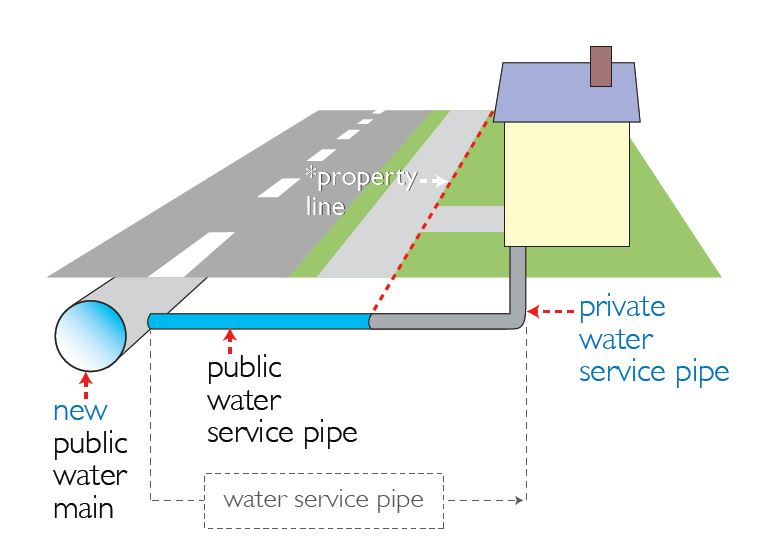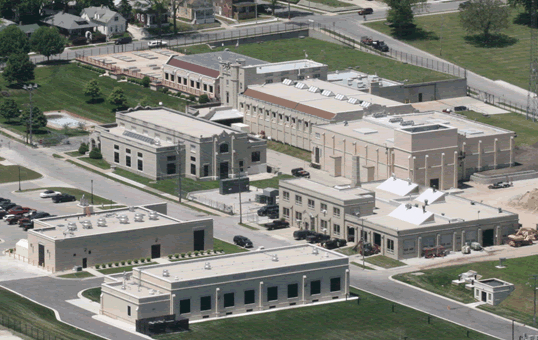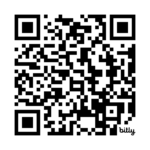Popular Links
Private Lead Service Line Replacement Program
Racine Water Utility Lead Service Line Replacement Program
The Racine Water Utility has instituted private lead replacement program to assist home owners in replacing their lead water. The water service line is the pipe between the water main under the street and the meter inside your house. The water service from the water main in the street to the sidewalk is publicly owned, and the water service from the sidewalk into the meter in the basement is privately owned. Many older homes in Racine and across the country, typically those built before the early...

Racine Water Utility (RWU) Lead Service Line Notification FAQ
Racine Water Utility’s water quality, including sampling for lead, meets or exceeds all Federal and State drinking water quality standards.
- RWU’s most recent Lead and Copper (LCRR) sampling included collecting water samples at 102 residences with our 90th percentile of 5.0 ppb, below the current action of 15 ppb. (Lead and Copper Rule | US EPA)
RWU has over 11,326 service lines that are made of lead, galvanized or unknown material type. RWU will continue to verify this information.
- RWU is working on an interactive service line map that will be made public in Spring 2025.
- If you’re curious about more information on your water service (material type, size, age), please utilize RWU’s public service inventory mapping system at:
Racine Water Utility Public LCRR
RWU has been replacing lead service lines since the Fall of 2016 and increasing our efforts to remove lead service lines.
- RWU is also working on a comprehensive multi-year plan for replacement of all lead services lines, with the goal of completing this endeavor by 2037.
- You will be notified for further action as lead service line replacements are planned in your neighborhood.
RWU is continually updating our service line inventory and are now required to annually notify customers served by lead, galvanized or unknown material types.
The Utility can offer sampling for total lead and copper in water at individual houses as part of our Lead and Copper Rule Compliance sampling. This sampling cannot be guaranteed though as sampling locations and amount of samples collected vary. If interested in participating in this sampling, please call our laboratory at 262-636-9441 to be placed on a list for future sampling locations.
- If you wish to have your water tested sooner than part of our compliance sampling, we’d recommend you using these laboratories:
- Northern Lake Service, Inc. – 800-278-1254
- Wisconsin State Laboratory of Hygiene – 800-442-4518
- Davy Laboratories – 608-782-3130
If lead is present in your drinking water, if you have pipes or plumbing fixtures that contain lead, or if you don’t know the material type, you should take steps to minimize potential lead exposure until all sources of lead have been removed. Flush your pipes before using any tap water for drinking or cooking. Run the water until it the temperature changes and then allow it to run for an additional two minutes. Use only cold water for drinking and cooking. Filter your water before drinking and cooking until all sources of lead have been removed. This includes water used for making infant formula, beverages, and ice.
Water is essentially lead free when it leaves the Washington Aqueduct treatment plant. It can enter drinking water from the corrosion of lead pipes and plumbing materials that contain lead. Sources of lead in drinking water:
Lead service pipes– In the District, lead service pipes were installed until the mid-1950s. Older properties may still have lead service pipes, which connect the water main in the street to household plumbing.
Lead solder– Solder is the material that connects pipes in household plumbing. In 1987, lead solder was banned from use in household plumbing. If your house was built before 1987, your plumbing may have lead solder.
Brass faucets, valves or fittings– Almost all faucets, valves and fittings have brass components. Until 2014, brass faucets and fittings sold in the U.S. and labeled “lead-free” could contain up to eight percent lead. Effective January 2014, the Reduction of Lead in Drinking Water Act specifies that these materials may not contain more than 0.25 percent lead.
Galvanized iron pipes-Galvanized iron pipes were installed in many homes before the 1960s. These pipes can release lead in water if the property has, or previously had, a lead service pipe. Galvanized pipes are made with a protective layer of zinc. However, the zinc layer erodes over time and results in corrosion. When lead is released from a lead service pipe and passes through galvanized plumbing, lead can accumulate on the walls of the galvanized iron pipes.





